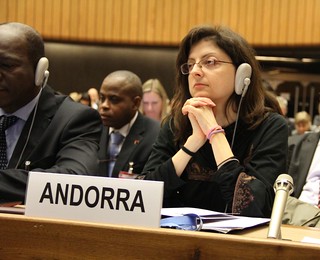Rwanda
Rwanda ratified the Convention on 8 June 2000, and the Convention entered into force for Rwanda on 1 December 2000.
Obligations under the Convention
Notwithstanding the obligation to destroy all stockpiled anti-personnel mines, the Convention permits the retention of the minimum number of anti-personnel mines absolutely necessary for the development of and training in mine detection, mine clearance, or mine destruction techniques. As of 2008, Rwanda has reported having retained 65 anti-personnel mines for these permitted purposes.
In its initial transparency report submitted on 4 September 2001, Rwanda indicated it did not have any stockpiled anti-personnel mines under its ownership or possession or under its jurisdiction or control.
In its initial transparency report, Rwanda reported areas under its jurisdiction or control in which anti-personnel mines were known or suspected to be emplaced.
In accordance with Article 5 of the Convention, Rwanda undertook to destroy or ensure the destruction of all anti-personnel mines in these areas as soon as possible but not later than 1 December 2010.
On 1 December 2009, at the Cartagena Summit, Rwanda reported that it had become the first country in the African Great Lakes region to fulfill its obligation under Article 5 of the Convention.
Annually and no later than 30 April, each State Party is to update information covering the previous calendar year. The latest Article 7 reports for this State Party can be found on this page.
Each State Party is to take all appropriate legal, administrative and other measures, including the imposition of penal sanctions, to prevent and suppress any activity prohibited to a State Party under this Convention undertaken by persons or on territory under its jurisdiction or control.
Rwanda is still required to report on established national implementation measures or whether it considers existing legislation to be sufficient.

View, download snapshots of Rwanda at Convention-related activities on Flickr.

